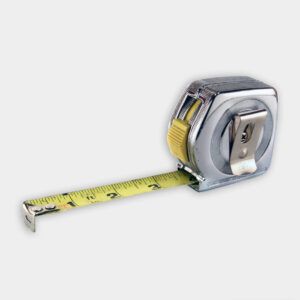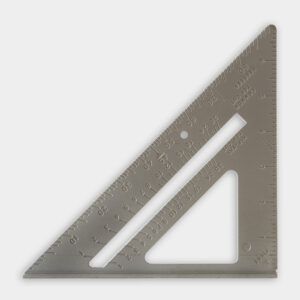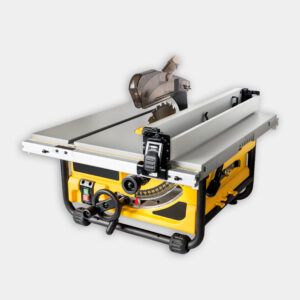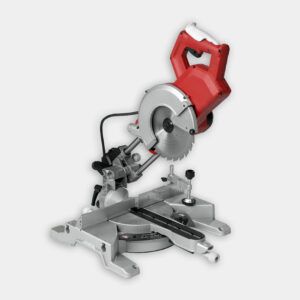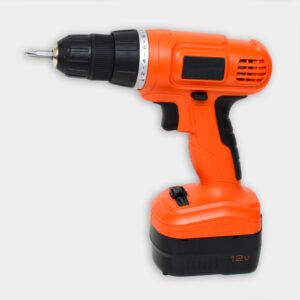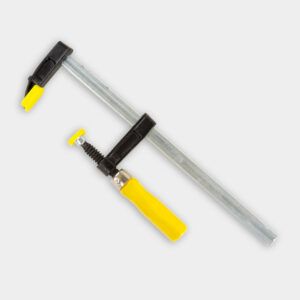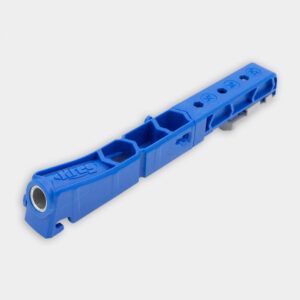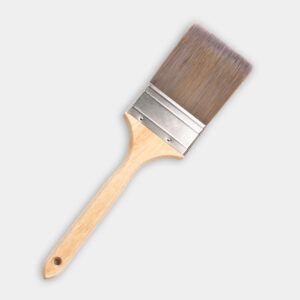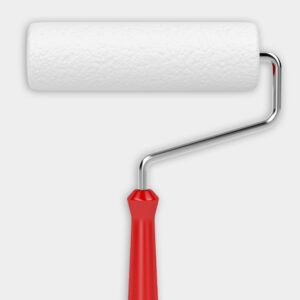Welcome back to another step in our video series on how to build a mobile workbench. To keep from having drills, saws, and other tools piled on top of every workspace, This Old House do-it-yourself (DIY) expert and House One editor, Jenn Largesse, shows how to adds shelves to the workbench to hold tools. In the video above, she demonstrates the process of building custom shelving with slotted dividers to create dedicated spaces for each item.
Materials and Tools Needed to Add a Tool Organizer
Here’s what you’ll need for this project:
- 1 1/4-inch pocket hole screws
- 1/4-inch plywood for dividers
- 3/4-inch plywood for shelves
- Primer and paint (optional)
- Wood glue
Opt for high-quality plywood over MDF or particleboard, as it offers superior durability. Consider the weight of the tools you’re storing; sturdy materials will prevent sagging or damage over time.
You’ll need these tools:
- Bar clamps
- Drill/driver
- Miter saw
- Paintbrush and roller (if painting)
- Pocket hole jig and bit
- Speed square
- Table saw or circular saw with a straightedge
- Tape measure
Cut List to Build a Tool Organizer
- One 3/4-inch plywood shelf at 28 3/4 inch wide by 5 inches deep
- Two 3/4-inch plywood shelves at 28 3/4 inches wide by 13 1/4 inches deep
- Eight 1/4-inch plywood dividers at 12 1/2 inches high by 13 1/4 inches deep
Note: The 3/4-inch plywood shelves are made from scrap pieces from the mobile workbench frame.
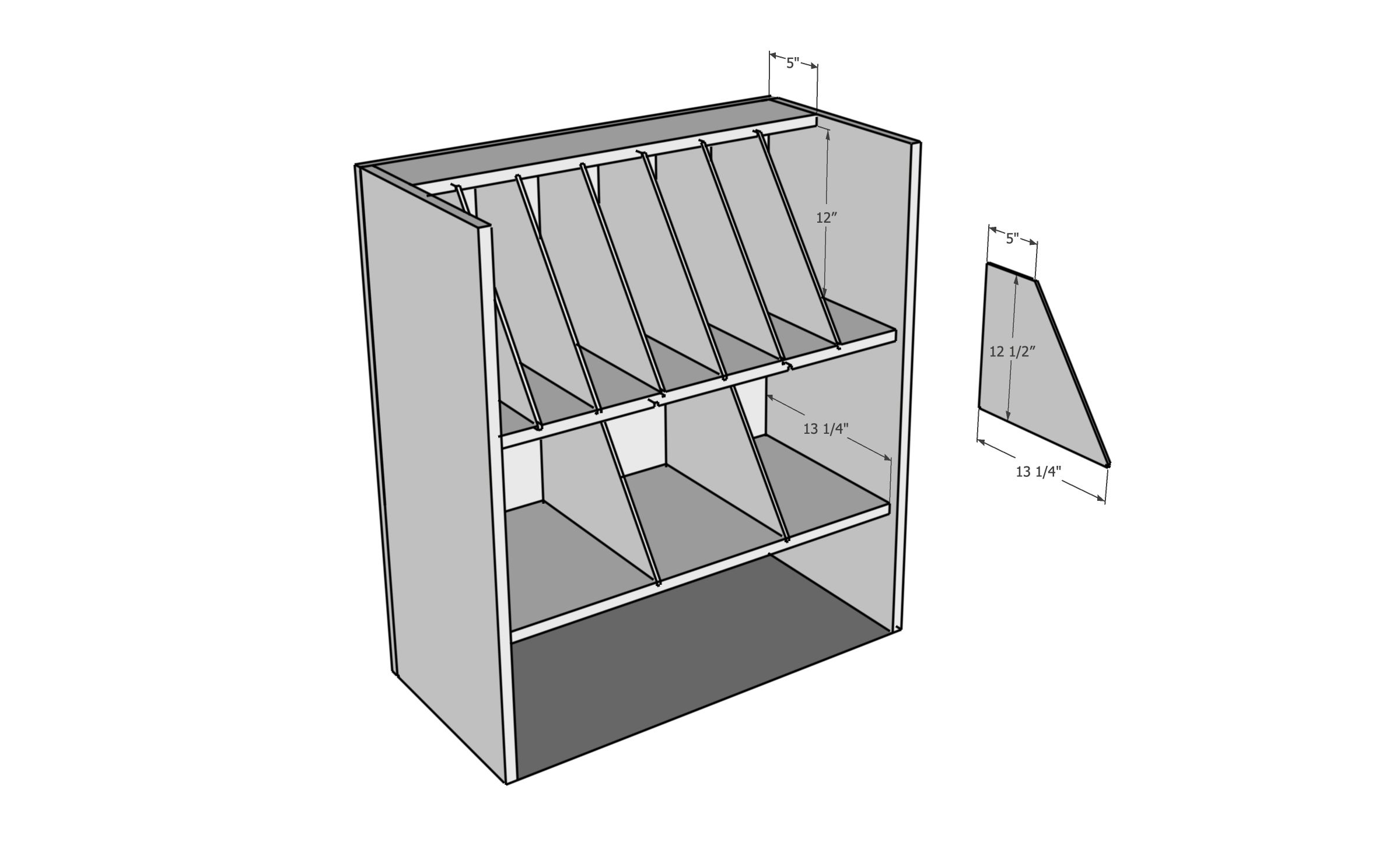
Planning Your Tool Organization System
Start by planning your tool organization system carefully. This ensures that your workbench storage meets your needs and maximizes your working space.
Assessing Your Tool Collection
Take inventory of your tools and group them by size, type, and frequency of use. This helps determine how many shelves and dividers are needed, the ideal spacing between dividers, and any special accommodations for oddly shaped tools.
Categorizing your tools allows you to create a more intuitive system. For instance, hand tools can be grouped separately from power tools, while frequently used items are more accessible. Account for future additions to your tool collection by leaving some room for expansion.
Measuring Your Cabinet Space
Accurate measurements are key to creating a storage system that fits perfectly within your workbench cabinet. Note the following:
- Available vertical space
- Interior depth of the cabinet
- Width of the cabinet opening
These measurements will guide your cutting and construction process. Make a sketch with exact dimensions to avoid errors.
Designing the Layout
Sketch out your planned layout, including these notes:
- Designated areas for specific tools or tool types
- Number and placement of shelves
- Spacing between dividers
Experiment with different configurations to optimize space. Modular designs with adjustable dividers offer more flexibility.
Building the Tool Shelves and Dividers
With your plan in place and materials gathered, you can start building the components of your tool organization system.
Cutting the Shelves
- Measure and mark your shelf pieces according to your cabinet depth.
- Use a table saw or circular saw to cut the shelves to size.
- Create grooves for the dividers using a table saw, making multiple passes to achieve the desired width.
- Drill pocket holes along the ends of each shelf for easy installation.
Cutting grooves for dividers can be tricky. Ensure your table saw blade is set to the correct height, and make multiple passes to achieve precise cuts. Use a straightedge or fence to keep cuts straight.
Creating the Dividers
- Cut the 1/4-inch plywood into strips that fit the depth of your shelves.
- Measure and mark the height of each divider based on your layout plan.
- Cut the dividers to size using a miter saw.
- Angle the front edge of each divider for easier tool access.
Angling the front edges of dividers prevents tools from catching as you slide them in and out. Be consistent with the angle cuts for a uniform look and feel.
Assembling and Installing the Storage System on the Workbench
With all components prepared, put your tool organization system together and install it in your workbench cabinet.
Assembling the Shelves and Dividers
- Apply wood glue to the grooves in the shelves.
- Insert the dividers into the grooves, ensuring they’re properly aligned.
- Use bar clamps to hold the assembly together while the glue dries.
- Once dry, remove the clamps and check that all dividers are secure.
Applying glue in grooves ensures a strong bond. Clamping the assembly ensures everything stays in place as the glue dries. Double-check for alignment before the glue sets.
Installing the System in the Cabinet
- Remove the workbench top or cabinet doors for easier access.
- Carefully lower the assembled shelf and divider units into the cabinet.
- Use pocket hole screws to secure the shelves to the cabinet walls.
- Install any additional shelves or dividers as planned.
Removing the workbench top or doors makes installation more manageable. If the fit is tight, try slightly sanding the edges of the shelves. Pocket hole screws offer strong connections that support your tools’ weight.
Customizing Your Workbench Tool Storage
To maximize your new tool organization system’s effectiveness, try the following customization options.
Adjusting Divider Spacing
Using adjustable dividers helps create wider spaces for larger tools such as circular saws. Use narrower spacing for smaller hand tools or leave some areas without dividers for oddly shaped items such as sanders.
Adding Labels
Adding labels can streamline tool retrieval.
- Add color-coding for different tool categories.
- Place labels on both the dividers and tool handles for easy identification.
- Use a label maker or handwritten tags to identify tool locations.
Incorporating Additional Features
Enhancing your tool storage with additional features can further improve functionality.
- Add drawer organizers for smaller items such as drill bits and screws.
- Include a magnetic strip for holding metal tools.
- Install hooks or pegboard for hanging tools.
Hooks and pegboards can optimize vertical space. Drawer organizers keep small items sorted, preventing clutter. Magnetic strips offer quick access for frequently used tools.
Maintaining Your Organized Workspace
An organized workspace is only effective if it’s maintained. Here are some tips to keep your tool storage system functioning optimally:
- Return tools to their designated spots after each use.
- Regularly clean and inspect your tools and storage areas.
- Reassess your organization system periodically and make adjustments as needed.
Regular maintenance prevents dust and debris buildup, extending your tools’ life.
To see the other customizations Largesse made to this bench, explore the links below:
- Building a Mobile Workbench with Built-In Table Saw
- Building DIY Drawers
- Creating a Dust Collection System
- Adding a Downdraft Sanding Station
- Adding a Clamp Rack
